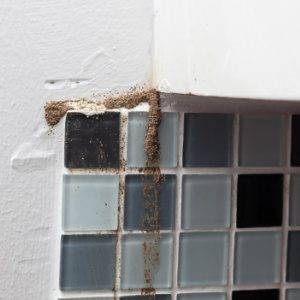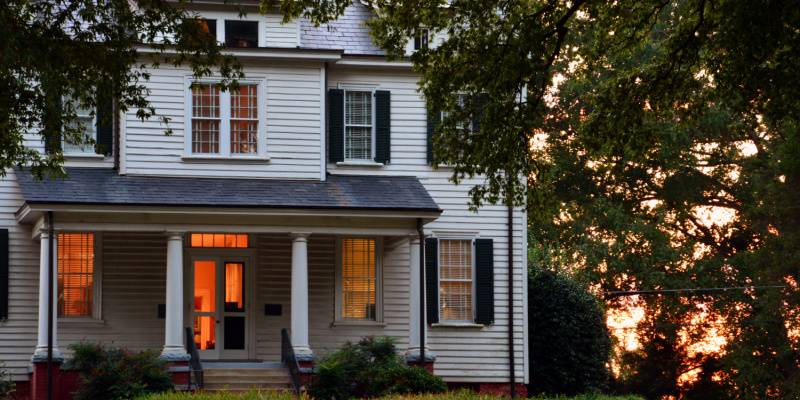Termites live underground in a colony with a single queen. The colony serves the queen to enable her to lay eggs. She will produce three types of offspring: worker, soldier, and swarmer.
The workers, as you can imagine, are responsible for digging all those tunnels to find food. They find wood to feast on and then return to the colony with food for the others.
Soldiers are responsible for colony security; they will move into action anytime there is a breach to the walls of their termitary.
The swarmer is the only offspring with wings, and they are the reproductives; their job is to fly away and start a new colony of their own.
How many eggs does one termite queen produce?
The queen will produce one egg every three seconds. That is a lot, let’s run through some quick math: 30,000 per day and 10,950,000 in just one year!
Now consider the queen can live for up to 20 years – that’s 219,000,000 eggs produced in her lifetime and that is a real problem for homeowners.


How do I know if I have termites in my home?
Unfortunately, there may be little evidence of termites in the first three years of an infestation. When you see these signs, damage has been done.
You may begin to see mud tubes, damaged, swelling, or hollow wood, and sometimes evidence of the bugs themselves. If they have broken through to the surface, you can find their pellets or droppings.
During mating season, you may see the swarmers flying or find their discarded wings. They shed their wings after finding a mate and move to their new subterranean abode to start a colony of their own.
How much damage do termites do to a house?
It is estimated a group of termites working in one area can eat the equivalent of one foot of a 2x4 post in just five months. If left untreated, a colony can take down a house in eight years.
An estimated five billion dollars in damage is done annually in the U.S. with the average cost for people who catch it early at $3000. Insurance does not cover termite damage.
How do I stop termites from destroying my home?
The traditional method still used by many today is to dig a trench around your entire home and pour gallons of liquid termiticide to soak into the ground. The plan here is for any of these little wood eaters headed to your house to encounter the chemical and die, which seems logical enough.
Except this is war, a war against an enemy we don’t see, hoping they’ll hit a barrier we can’t monitor while the queen keeps producing more workers from her hidden location. These workers have one job, to go out and find food, and your home is the best source of food around.
If you’re thinking this is an impossible battle to win, you’re right. It only takes 1/16th inch for a termite to build a superhighway to the food source. The other workers, who are blind, follow a pheromone trail so everyone knows the way to the food. The smallest break in the chemical barrier means free access to your structure.
What is the best way to eliminate termites?
The best way to eliminate termites and protect your greatest investment, is the Sentricon® system. The Sentricon® system uses a proprietary bait which termites are proven to prefer over natural wood. They find this bait through natural foraging, and they begin to feed on it and return to the termitary to spread it though the colony.
The Sentricon® bait is formulated to stop the molting process in the bugs, when they can’t molt, they die. This is the best system to not just kill the workers, but to kill the queen and eliminate the colony.
The Sentricon® system is noninvasive and non-threatening to your family and pets. In fact, the system is the only one to receive the EPA’s Presidential Green Chemistry Challenge Award for superior environmentally responsible chemistry.
Our highly trained Sentricon Specialists® at Croach® will professionally install the system and protect your home for a lifetime of enjoyment.
®™Sentricon and its components are trademarks of Corteva Agriscience and its affiliated companies.

